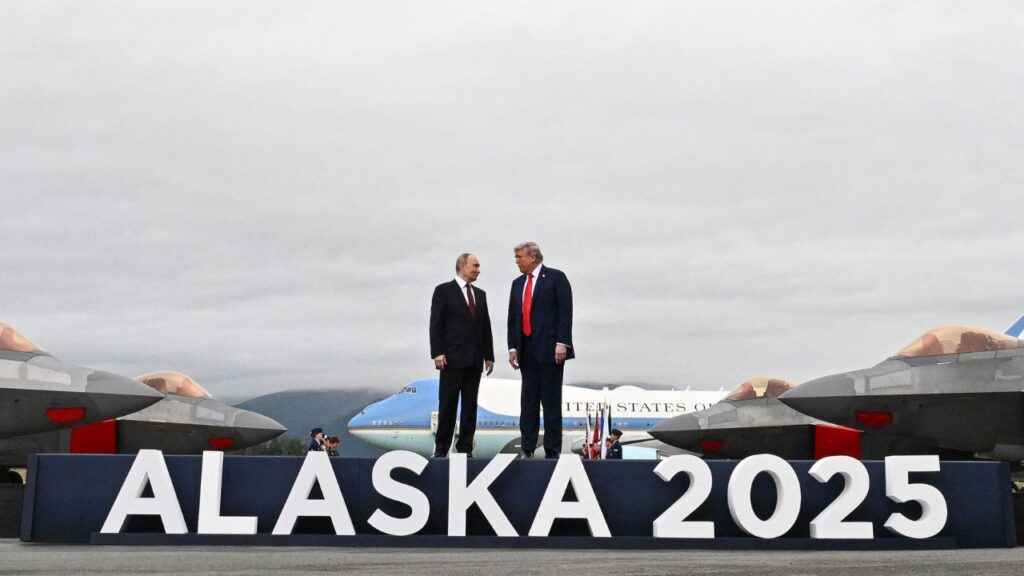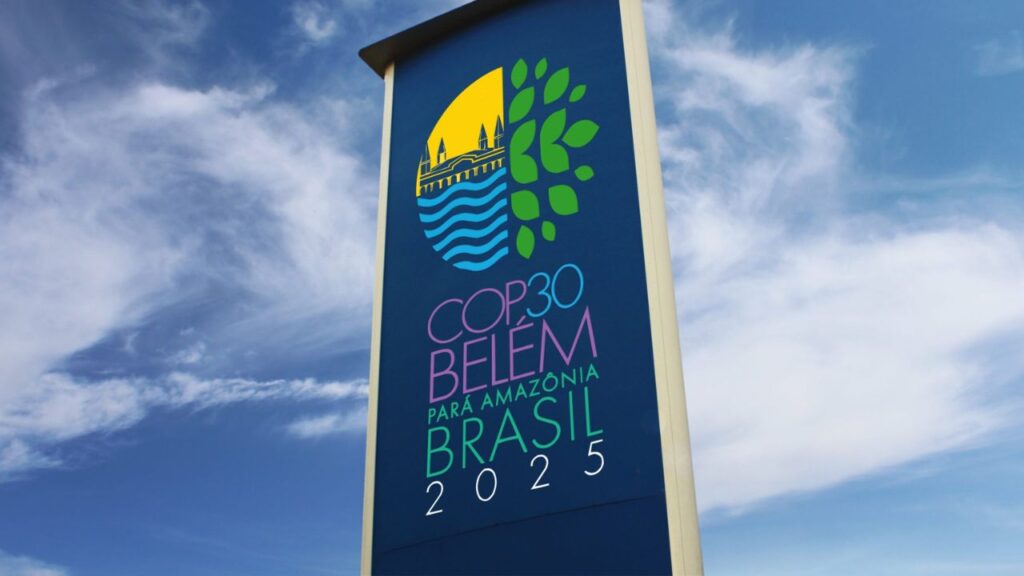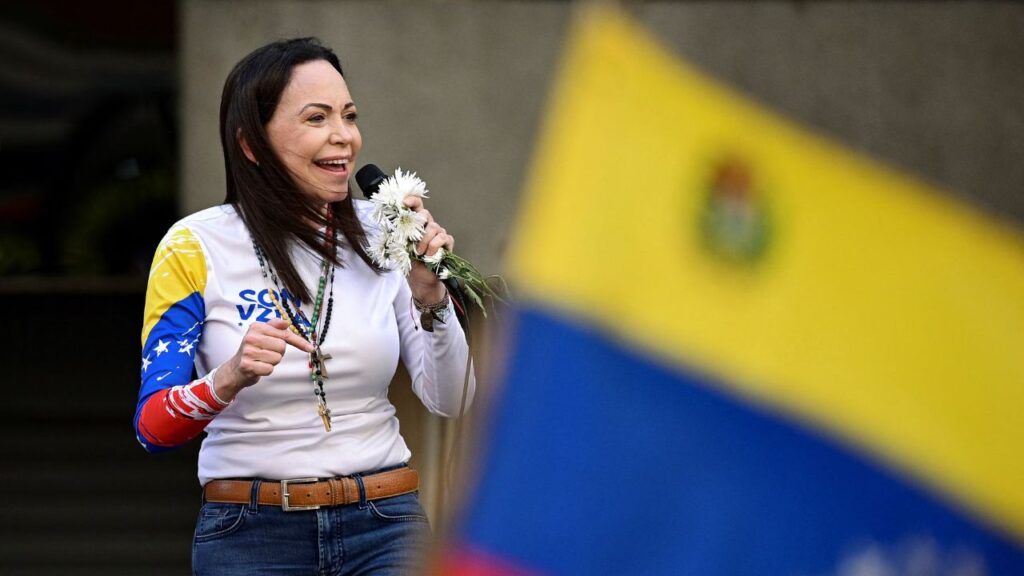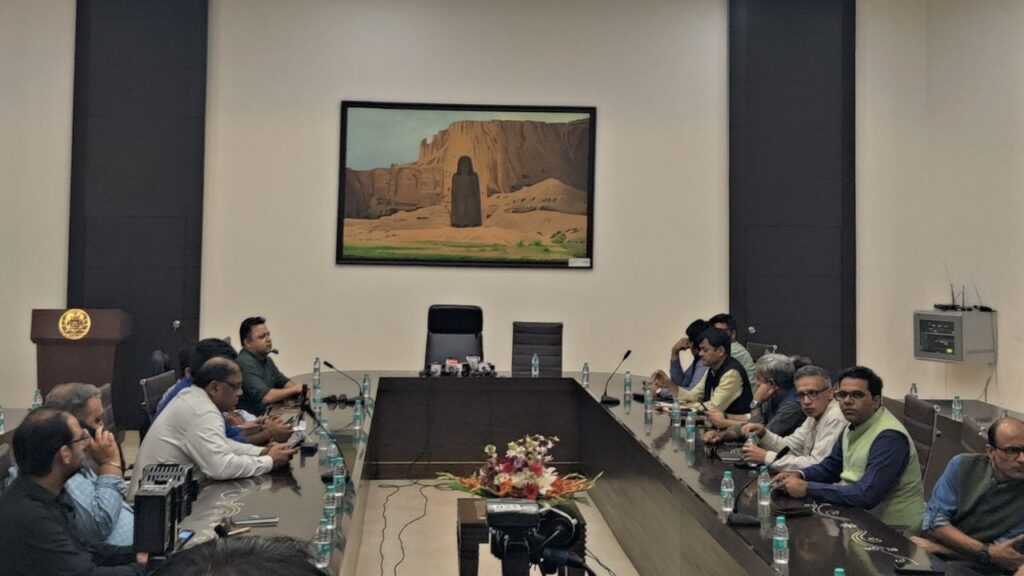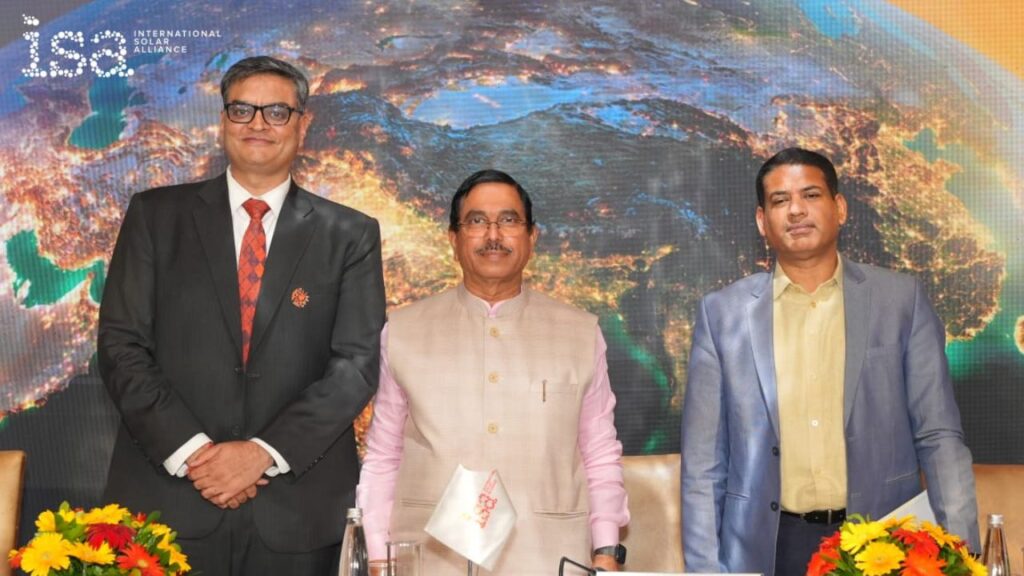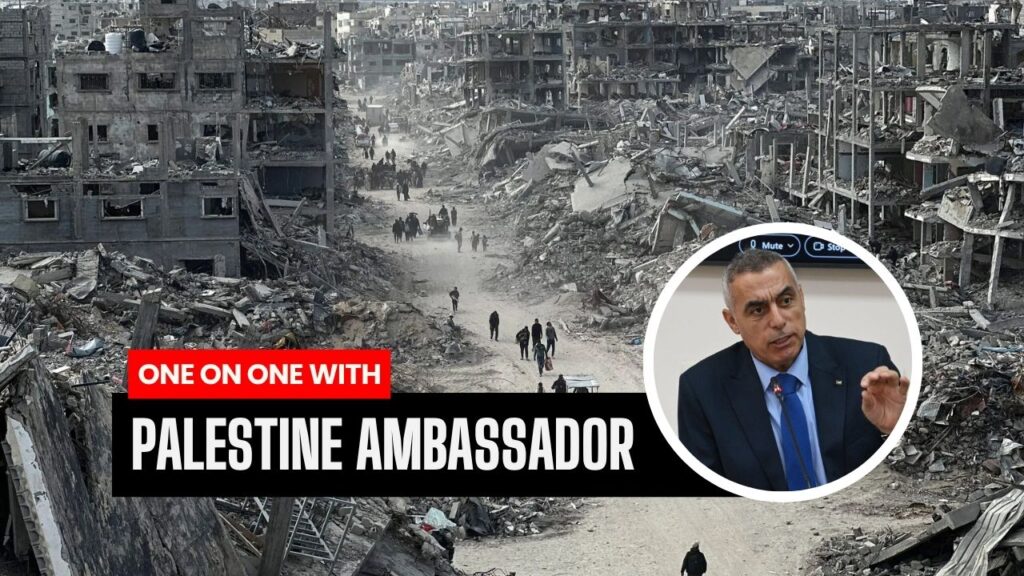On August 15, 2025, U.S. President Donald Trump and Russian President Vladimir Putin held their long-awaited face-to-face talks at Joint Base Elmendorf-Richardson in Anchorage, Alaska. It was the first such meeting since Russia’s invasion of Ukraine in 2022, and expectations ran high that the two leaders might finally set the stage for peace. But as the summit concluded without a ceasefire or tangible deal, analysts increasingly suggest that Putin may have outmaneuvered Trump on both optics and substance. Trump entered the summit with considerable political weight on his shoulders. During his 2024 campaign, he famously claimed he could end the Ukraine war in 24 hours. The Alaska Summit offered his best opportunity to showcase that promise. At the press briefing, Trump described the talks as “extremely productive,” rating them a “10 out of 10” as part of his broader claim of great progress. Yet he conceded: “There’s no deal until there’s a deal.”
He signaled that the next step would involve Ukrainian President Volodymyr Zelensky meeting directly with Putin, with Trump present as mediator. While this allowed him to frame himself as an indispensable peacemaker, the lack of specifics left critics questioning what had truly been achieved. For Putin, simply appearing in Alaska was a triumph. Welcomed with military honors and treated as Trump’s equal, the Russian leader shed some of the pariah image that had clung to him since the 2022 invasion and the International Criminal Court’s war crimes warrant. The optics of standing shoulder-to-shoulder with the U.S. president on American soil sent a clear message: Russia was back on the global stage.
More importantly, Putin made no concessions. He reaffirmed Moscow’s core demands: recognition of occupied Ukrainian territories and rejection of Kyiv’s NATO aspirations while simultaneously promoting trade, Arctic cooperation, and potential sanctions relief. By insisting that any peace must reflect Russia’s conditions, Putin showed he was not negotiating from weakness but rather from calculated strength. Analysts argue that Putin’s greatest victory was strategic delay. By refusing to engage with Western-backed peace proposals that offered Ukraine security guarantees, Moscow bought time to continue its summer offensive. Each month of military progress enhances Russia’s leverage at the negotiating table. Trump’s eagerness for quick results contrasted sharply with Putin’s patience. While the American president looked for headlines about “progress,” Putin looked to the long game ensuring Russia consolidates battlefield gains while projecting resilience internationally.
The European response was marked by skepticism. Leaders in Eastern Europe were particularly blunt: Lithuania’s Defense Minister Dovile Sakaliene accused Putin of issuing “veiled threats in the name of dialogue,” while Czech officials warned against legitimizing Moscow without real commitments. For them, the summit proved their warnings correct that Putin had no serious interest in peace. In Kyiv, the reaction was cautious but concerned. Zelensky faces the delicate task of balancing pressure from Washington with the reality of domestic politics. Any concession to Russia’s territorial claims would be politically disastrous at home, but resisting Trump’s push for direct talks risks losing U.S. diplomatic support. This delicate balance leaves Ukraine in an even tighter spot. Reactions in the United States reflected deep political divides. Supporters of Trump hailed the summit as evidence of his global stature, praising his effort to bring Putin to the table. Critics, however, dismissed the event as a “nothing burger.” Senator Richard Blumenthal accused Trump of “rehabilitating Putin without any real concessions,” while others argued that the meeting handed Putin legitimacy on a silver platter.
The leaders’ abrupt departures underscored the lack of concrete progress, leaving even sympathetic commentators acknowledging the thinness of Trump’s results. Ultimately, the Alaska Summit was less about agreements and more about imagery. Trump, seeking to prove himself as the ultimate dealmaker, presented a narrative of progress and optimism. Putin, by contrast, sought to project endurance, legitimacy, and strength—and achieved all three without shifting his position. The symbolic weight of their handshake on U.S. soil cannot be underestimated. For Putin, it was a powerful tool to counter narratives of isolation. For Trump, it was a chance to demonstrate leadership, though without the hard evidence of a deal, the optics may not withstand scrutiny. The Alaska Summit 2025 revealed the asymmetry between Trump’s impatience and Putin’s calculation. Trump sought a diplomatic headline; Putin sought time and recognition. In that contrast, Moscow appears to have gained the upper hand. While the U.S. president pledged to continue consultations with NATO allies and Zelensky, the lack of commitments raises doubts about whether Washington’s push for peace will yield results or whether Putin has once again outplayed his American counterpart.
The world now waits for the next chapter, but Alaska may well be remembered as a stage where symbolism triumphed over substance, and where Russia, not the United States, walked away with the tactical advantage.

